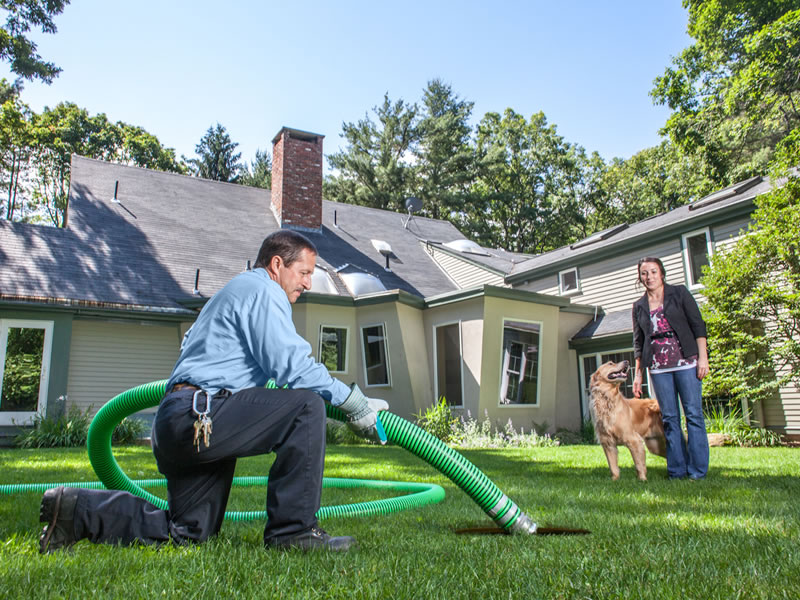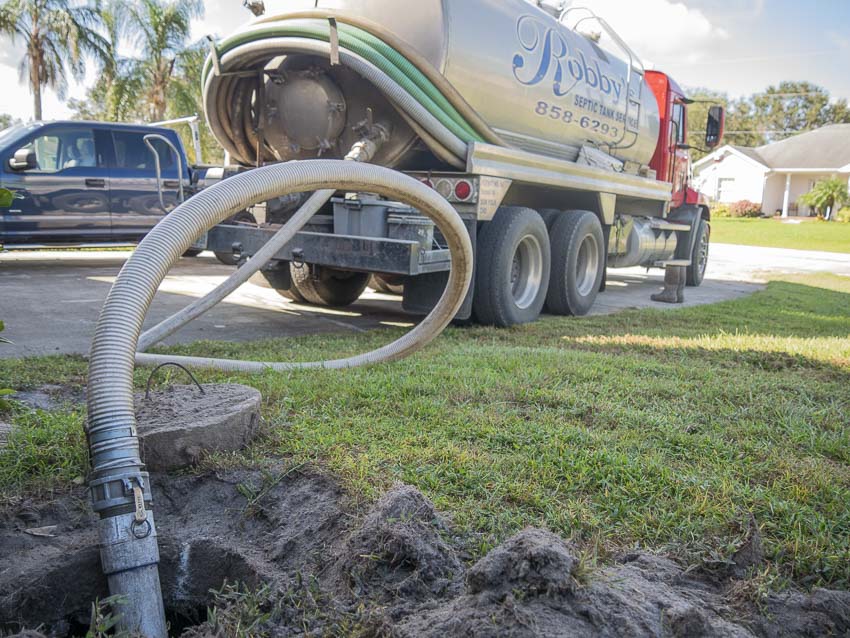9 Easy Facts About Stillwell Septic And Grading Described
9 Easy Facts About Stillwell Septic And Grading Described
Blog Article
Getting The Stillwell Septic And Grading To Work
Table of ContentsAbout Stillwell Septic And GradingWhat Does Stillwell Septic And Grading Mean?The Best Guide To Stillwell Septic And GradingUnknown Facts About Stillwell Septic And GradingOur Stillwell Septic And Grading DiariesSome Known Details About Stillwell Septic And Grading
Repair leaking taps and plumbing fixtures. https://stillwell-septic-and-grading-45539548.hubspotpagebuilder.com/stillwell-septic-and-grading/revolutionizing-waste-removal-stillwell-septic-and-grading. A leaky commode can lose hundreds of gallons of water a day. Take shorter showers. Strive for less than 5 and do the shower jive. Take baths with a partially-filled bathtub and do not leave the tap running when doing various other tasks. Clean only full tons of recipes and laundry.
Some Of Stillwell Septic And Grading
Prevent melting piles of leaves or branches over the drainfield, as the heat can harm the plastic pipes listed below. Limit the enhancement of topsoil or garden compost to no greater than 2 to 3 inches over the drainfield. Septic Tank Repairs. A good general rule for landscape design over drainfields is to make use of shallow-rooted plants that do not need added topsoil to flourish
Turfs, combined wildflowers, and ground covers with shallow roots are excellent choices. Plant trees and hedges at least 30 feet away from your septic tank and drainfield to maintain roots from obtaining into and damaging or clogging the drainfield pipelines.
For additional information please go to the Landscaping Your Drainfield web page. A septic tank failing triggers unattended sewage to be released and delivered to where it should not be. This may create sewage to find to the surface area of the ground around the tank or the drainfield or to support in pipes in the structure.
4 Simple Techniques For Stillwell Septic And Grading
For the most part, the person who drops in obtains out without significant injury. But a youngster's unfortunate death is a pointer to examine your septic system for harmed or missing out on covers. Owners of septic tanks are accountable for making certain the systems are risk-free and feature properly, including having a protected lid on the storage tanks
Use screws, screws, or various other locks to safeguard the covers and avoid simple gain access to. Never ever drive or park cars on top of septic systems- it can harm or remove the cover.
Not known Details About Stillwell Septic And Grading
Make sure the covers are safeguarded after functioning on your septic system. Teach kids that the septic tank lids are not to be played on or opened.
Noting the degrees will assist determine if there is a prospective problem with the system. After that, the tank will be completely pumped down, eliminating all of the liquid and solid waste. When the container is totally pumped, the inlet and electrical outlet tees of the will be evaluated to guarantee they are still undamaged and working properly
The 25-Second Trick For Stillwell Septic And Grading
If you are home at the time of solution (absolutely not called for if that's not your point) you may be asked to flush your bathrooms to ensure everything is moving correctly. Once the solution is total, the sewage-disposal tank will be covered as it was when we showed up! Experts advise having your system pumped every 3 to 5 years yet numerous aspects need to be considered when deciding just how usually your septic system requires to be serviced.

If your septic has not been serviced in even more than 6 months, we would certainly desire to service the septic. If the trouble lingers, a drainpipe cleaner will certainly then be sent out to clear the line to the septic storage tank.
The 7-Minute Rule for Stillwell Septic And Grading

If the ponding is focused over the leach area that could indicate a leach line is obstructed with Bio-Mat and requires to be repaired or replaced. Most septic systems have 2 to 3 covers; one over the inlet side of the sewage-disposal tank (where the water from your home goes into the tank), one in the center of the storage tank, and one on the electrical outlet side of the storage tank (where the liquid from the container departures to your leach area).
Sliced up food bits do not damage down in the sewage-disposal tank and can make their escape into your leach area lines triggering obstructions. Waste disposal unit, also those significant septic risk-free, are not considered helpful for your septic tank. website here Proper working level is where the water level in your tank meets the outlet tee of the container.
Report this page